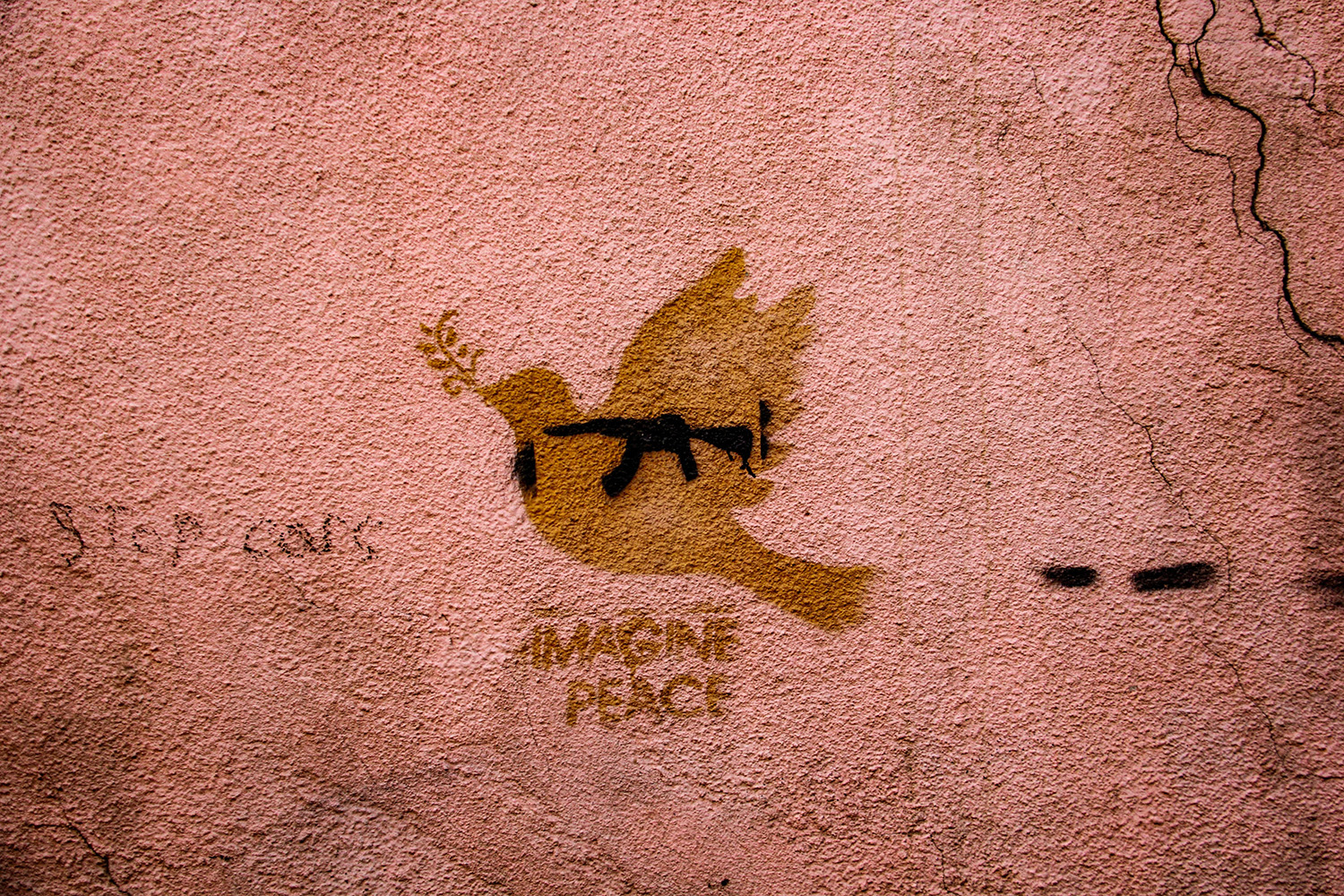Deep differences part 2: Security, curiosity and nonviolent communication

I ended my last blog with the question: how would Goshen College be different if we were more truly centered in robust and productive engagement across lines of difference? I suggest we need to become more intentional about three things:
- security,
- curiosity and
- nonviolent communication.
I mean security not only in our bodies, but in our interior selves. How do we empower one another — and especially our students — to experience psychological and emotional security? What practices of self-respect, grounding and faith would be needed?
The South African host of The Daily Show, Trevor Noah, recently said, “People are looking to be connected to an identity and a story.” This strikes me as profoundly true, because an identity and being part of a story gives us security — “This is who I am. I am me.”
Security creates solid ground for curiosity, which compels us to explore the world and try new things. Curiosity is natural if our security needs are met; research shows that when anxiety goes up, curiosity goes down. In addition, it helps to be surrounded by people who actively encourage curiosity — people who favor good questions over information, and who invite exploration. Curiosity allows deep differences to be revealed and explored.
Then, when we realize our differences, what do we say and how do we speak so that we preserve security, encourage curiosity and deepen connection? I am a follower of the emerging movement around nonviolent communication. While GC’s nonviolent distinctives of the past were centered around conscientious objection to war, I believe we have a new and additional role to play in teaching and learning nonviolent communication, based on empathetic listening and honest expression.
This sounds easy, but it is not. It is profoundly counter-cultural! We need to learn that “empathy is not agreeing, and listening is not a betrayal of your cause,” to quote Megan Phelps Roper, a former member of the Westboro Baptist Church, in a stunning interview about finding her way out of hate speech.
Here in Goshen, we have the unusual opportunity to live in a politically diverse community. Much has been written about the polarization of our society into bubbles of people who reinforce each other’s thinking. The New York Times has a tool that tells you about the political diversity of your neighborhood. Here’s how they described mine: “Your neighbors are a pretty diverse bunch, politically. About 57 percent are Democrats, 43 percent are Republicans and less than 1 percent are independents.” The GC campus address is less politically diverse: “Many of your neighbors — 70 percent — are Democrats. You don’t quite live in a bubble, but we wouldn’t say your neighbors are politically diverse, either.” Can GC be a place of vibrant healthy purple in this time and place?
We claim that our diversity at Goshen invites us to see in new ways, to recognize new problems, to imagine new solutions, to realize our strengths and to claim justice. That will become more and more possible if we feel reasonably secure in our identities, encourage curiosity and teach and learn how to honestly express ourselves and listen empathetically.
Which of these are you most in need of?
Rebecca Stoltzfus




